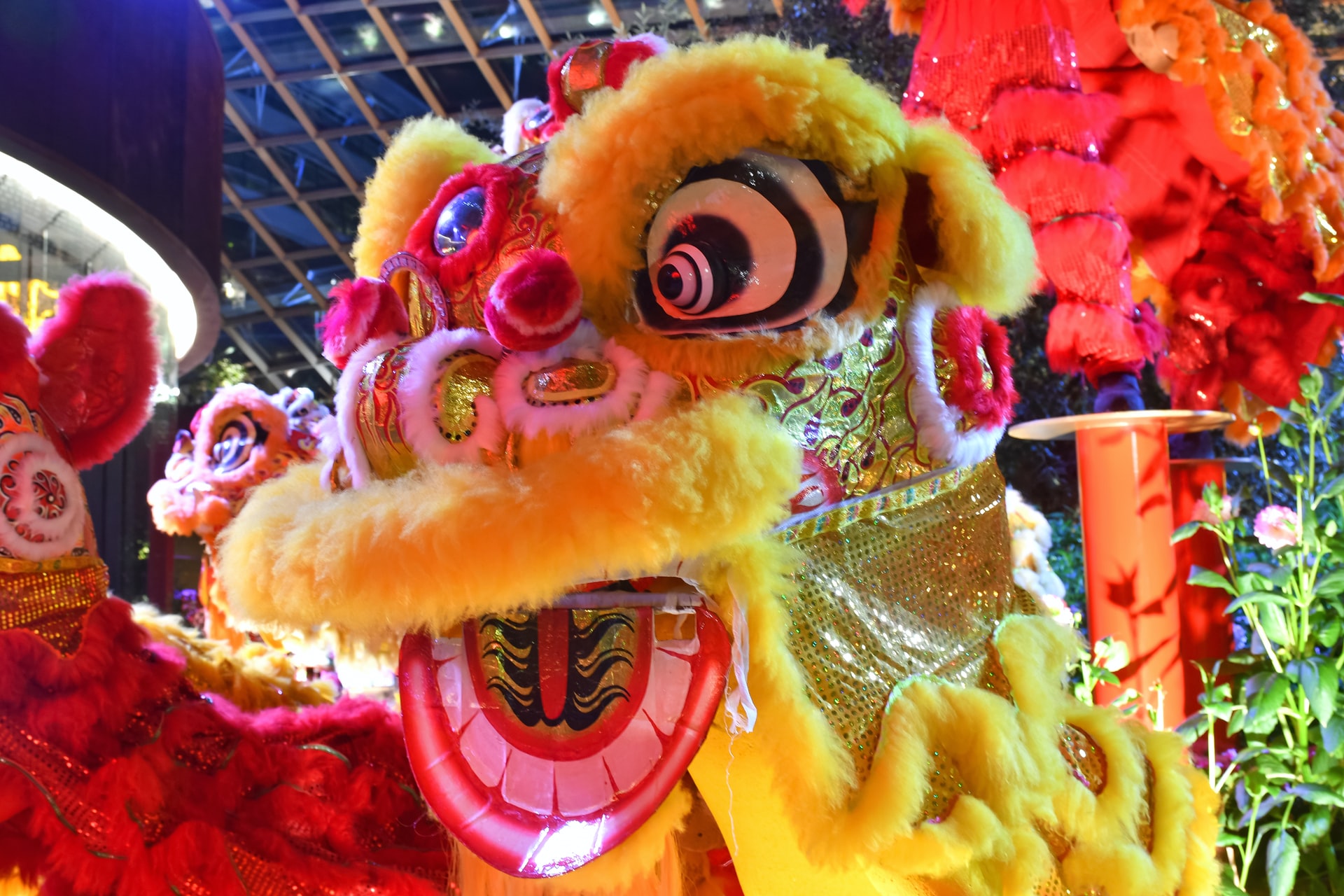
HAPPY Lunar New Year! Welcome the Year of the Water Tiger!
Unlike the fixed new year of the Gregorian calendar commonly celebrated on January 1st, the date of the Lunar New Year (also known as Chinese New Year) varies, determined by the appearance of the new moon — which is why it’s called the Lunar New Year, as it’s based on the lunisolar Chinese calendar.
The Lunar New Year usually falls sometime between January 21 and February 20. The Year of the Water Tiger began on February 1 and lasts until January 21, 2023.
During the Lunar New Year celebration, people across the globe greet with either Gong Xi Fa Cai, which means “you attain greater wealth,” or Kung Hei Fat Choi, which means “congratulations and be prosperous.”
The 12 zodiac animals are, in order: Rat, Ox, Tiger, Rabbit, Dragon, Snake, Horse, Goat, Monkey, Rooster, Dog, and Pig.

2022 is the Year of the Water Tiger, “which indicates a prosperous year due to the Tiger’s auspicious signs (strength, exorcising evils and braveness),” according to ChinaHighlights.com.
2022, 2010, 1998, 1986, 1974, 1962, 1950, and 1938 are regarded as Tiger years. Tigers are known as natural born leaders who are courageous, assertive and stubborn, yet generous.
Similar to the January 1st new year, there are several traditions and rituals observed during the Lunar New Year, including:
Dragon and lion dances
In the Philippines, Filipinos who celebrate the holiday typically flock to Binondo in Manila, which is considered the oldest Chinatown in the world. They crowd the streets of Chinatown to watch the Parades of Dragons and Lions, a colorful and dynamic performance accompanied by the loud banging of drums and cymbals. The dragon, in China, is believed to represent great power, auspiciousness, and strength. Meanwhile, the lion represents safety and luck.

Wearing and gifting red
The color red is prevalent during the festivities as it is a special color in Chinese culture, signifying energy, happiness, and good luck. Most people wear red clothing as it represents vitality as well as strength. Elders also hand out Ang Pao (Red envelopes) to children. These envelopes contain money, and giving them is believed to bring good luck and long life to both the giver and receiver.

Symbolic dishes
Families also gather to have their New Year’s Eve dinner where they usually serve tikoy (year cake), which is made from sticky rice and symbolizes unity among family members; pancit/noodles, for long life and represent the eater’s life; and fish and dumplings, which are believed to signify good fortune.
Fireworks
The Lunar New Year won’t be complete without setting off fireworks and firecrackers or generally just making noise as it is supposed to drive away bad spirits, bad luck, and the mythical beast called Nian. Filipinos commonly use horns and cooking pots to create noise.
12 round fruits
Families also prepare 12 different round fruits as they are believed to bring luck and fortune to them. The New Year’s Eve dinner is perhaps the most important dinner for families — that’s why it’s necessary for all the members of the family to be present for it.






